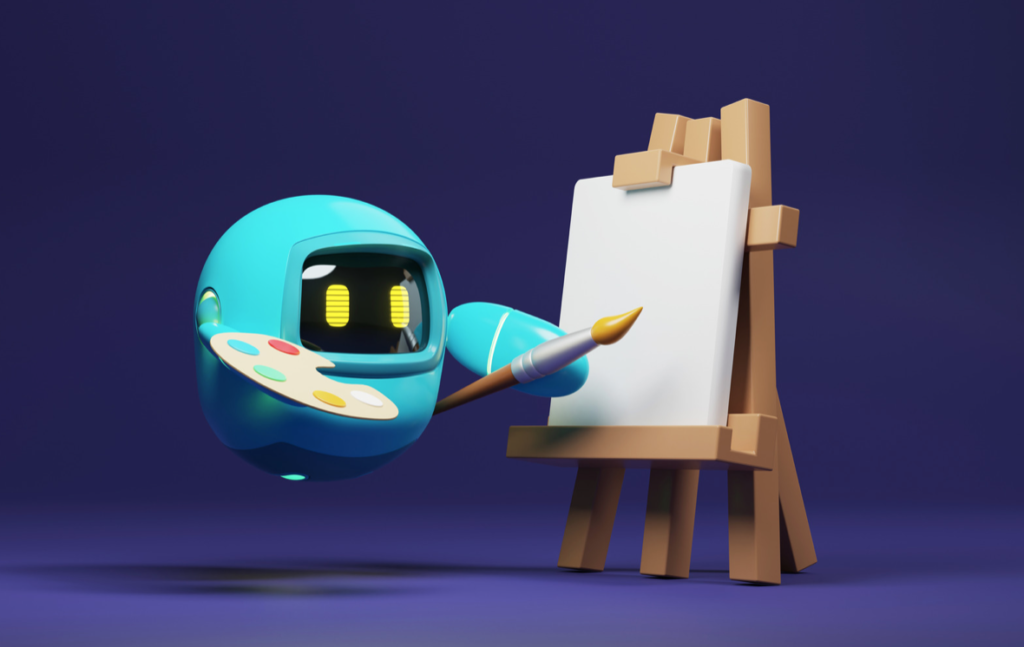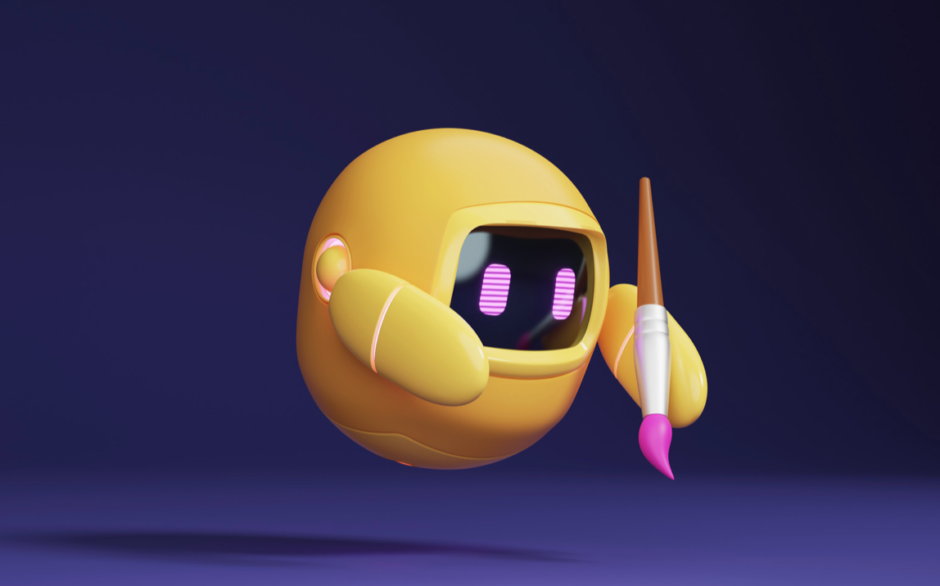The art world is changing, and now expression goes way beyond the canvas. The online world has led to some disruption, but also a lot of evolution in the art scene. It has made some forms of artwork harder to make work, but it’s opened up numerous other avenues for creativity.
There are various modern art pursuits people can follow nowadays. Indeed, many new careers have risen to the fore in recent times, ranging from logo designer to 3D modeller.
Logo Design in an Increasingly Competitive Online World
In the bustling world of online commerce, businesses need to be able to catch customers’ attention quickly. One of the best ways to do this is through an eye-catching logo. Many of today’s artists are getting into logo design because it’s a thriving industry and something that’s playing an increasingly important role in almost every industry.
When customers search for businesses, a lot of the time the first point of contact with the brand will be the logo. This is especially true when they use comparison sites, as companies are often listed on top of one another. For example, when players search for the top new online casinos in the UK, they are faced with a vast number of choices. They will see the logo of the site and the welcome offer available, but that’s all they’ll see unless they click for more information. That’s why these brands need to have eye-catching logos that help draw people’s attention away from their rivals.
Logo designers can also forge partnerships with businesses that involve developing artwork for other aspects of the brand, such as the website. If a logo stands out enough and captures someone’s attention, they may click on the website to find out more. Here, skilled artists can develop visuals that match the brand image and help to keep customers browsing on a website.
3D Modelers are Shaping the Virtual World
There’s a huge sector emerging for 3D modellers who are able to visualise complex settings that are then used in digital scenarios such as virtual reality. These artists first have to come up with a concept for a digital world and then make their vision come to life through real world modelling or graphic design. For example, a 3D modeller could be tasked with imagining an ancient Egyptian setting for an open-world console game. They could make it with clay, wood, or other materials, and then the game designers could get a perfect impression of it before they start translating it into code.
3D modelling skills are arguably indispensable in the modern age, as VR is expected to become the next major platform. When this happens, developers will have to craft VR worlds for users to roam around in. This is possible through coding alone, but being able to consult a detailed 3D model first and adjust its features in the real world could lead to much more immersive and realistic environments.

NFT Artists and the Digital Collectibles Arena
The internet age has brought about a fresh way for artists to monetize digital collections. They may have a totally weird name, but non-fungible tokens are on the rise. NFTs allow artists to create unique digital assets that can be bought and sold on the blockchain. This can help artists reach a much wider audience than ever before. If you’re an artist and you haven’t started experimenting with NFTs, what are you waiting for?
Just as timeless pieces of art have been preserved for centuries, NFTs allow artists’ works to live on for an eternity in digital form. Each piece of NFT artwork comes with its own digital certificate, and this contributes to the exclusive feel of each purchase. This is something that has obvious appeal to rare art collectors.
There are numerous advantages to NFT art for artists, with one of the key benefits being that it’s easy to track the history of a piece of digital artwork. It also allows for artistic freedom, with NFT artists tending to push the boundaries of creative expression. Indeed, it has led to some interesting new projects and artforms, such as Everydays: The First 500 Days by Beeple.
There’s no reason why modern artists shouldn’t continue to create works on the canvas. However, it is equally important to explore modern methods of expression. Some new ways of spreading art are emerging, and people who get involved with them now could be set to thrive in the future.






